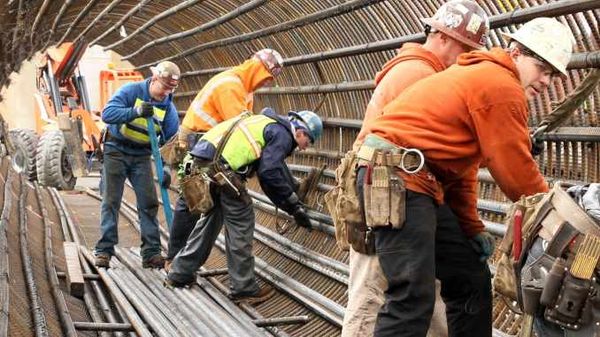Did you know that up to 80% of Americans will report experiencing back pain at some point in their lives? Interestingly, other cultures, even those with more labor-intensive lifestyles and less access to modern tools, report significantly lower incidents of back pain. This paradox begs the question: What are we missing in our approach to spinal health, and what can we learn from these cultures?
When we examine the daily lives of individuals in cultures renowned for laborious work, particularly those that involve a lot of "stoop" work or bending over, a stark difference emerges in their approach to posture compared to typical American labor practices. Observations reveal that workers in these cultures maintain a remarkably flat back during their tasks.


This is unlike the crescent-shaped spine often seen in American laborers.


This difference in posture is not just a trivial observation but a pivotal aspect of why some cultures suffer less from back pain.
The Science of Posture and Pain
The crux of the issue lies in how we use our bodies. The rounding of the back observed in many Americans increases stress and strain on the spinal column, escalating the risk of injury. This is primarily due to a lack of proper hip hinging—a movement pattern that involves bending at the hips while keeping the back flat, which distributes the load more evenly and reduces strain on the lower back.
The tendency to avoid hip hinging can often be attributed to tight hamstrings and weak gluteal muscles, common byproducts of sedentary lifestyles and prolonged sitting. Cultures with lower incidences of back pain, on the other hand, excel in maintaining a flat back, showcasing the benefits of flexibility and strength in the right places.
How You Can Protect Your Back
To bridge the gap and reduce our susceptibility to back pain, it's crucial to take proactive steps towards improving our posture and strengthening our bodies. Here's how:
- Stretch Your Hamstrings: Incorporating daily stretches can increase flexibility and reduce tension in the back. Simple, yet effective stretches include toe touches, seated hamstring stretches, and standing leg up stretches.
- Strengthen Your Glutes: Strong gluteal muscles are essential for proper hip hinging. Exercises like squats, lunges, and bridges can significantly enhance your strength in this area.
- Incorporate Movement into Your Day: Small lifestyle changes, such as taking short walking breaks during long periods of sitting or opting for a standing desk, can make a substantial difference in your spinal health.
Lifestyle Changes and Ergonomic Adjustments
Beyond exercises, consider ergonomic adjustments in your workspace and daily life to support a healthy posture. Ergonomic chairs, appropriate desk heights, and mindful sitting and standing habits can all contribute to better spinal health.
Your Path to a Healthier Back Starts Today
The lessons from cultures with lower incidences of back pain are clear: posture, movement, and strength play critical roles in our spinal health. By adopting some of their practices into our daily lives, we can make significant strides towards reducing back pain and improving our overall well-being.
At The Center For Total Back Care, we are committed to guiding you through this journey. Whether through personalized consultations, tailored exercise programs, or ergonomic advice, we are here to support your path to a healthier back. Start making these changes today, and discover the difference a little attention to your back can make in your life.
